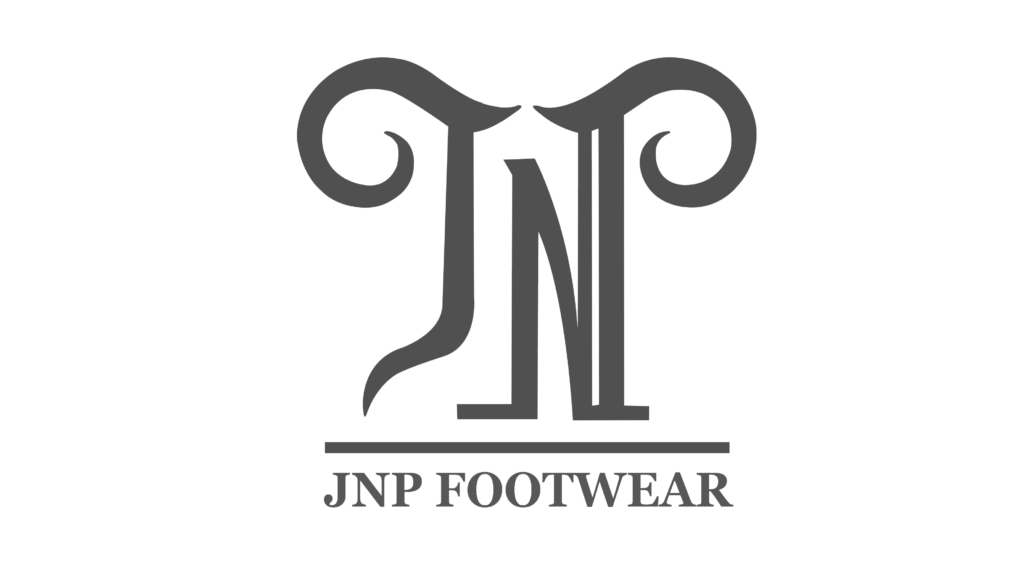Many buyers struggle to choose the right materials for suede clog slippers. Using the wrong ones can make slippers uncomfortable, heavy, or easily worn out.
The best materials for custom suede clog slippers are premium suede uppers, soft wool or fleece linings, supportive EVA or cork midsoles, and durable rubber outsoles for comfort and longevity.
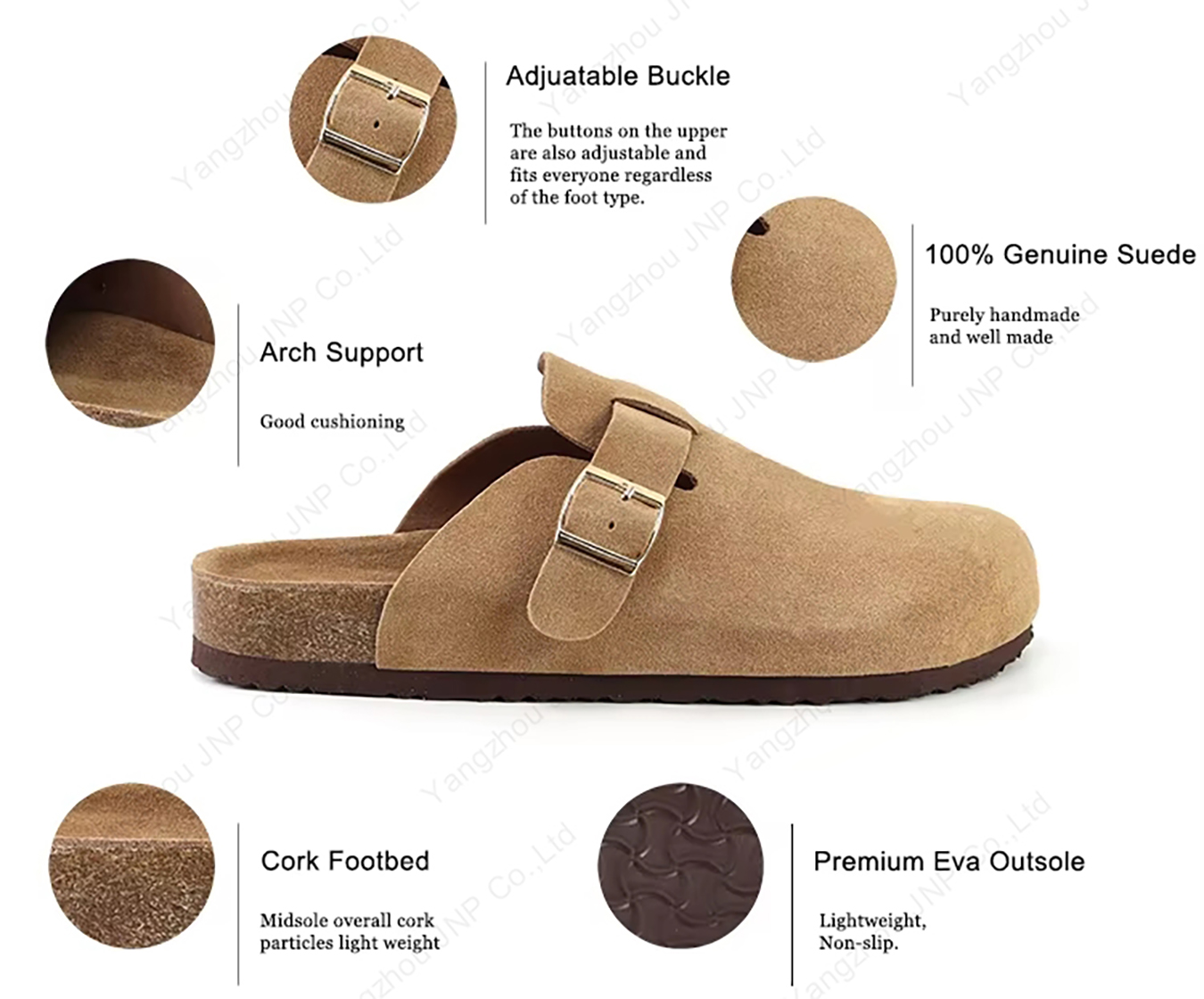
When I work with clients, I see that material choices often decide if a slipper becomes a best-seller or sits in storage. Getting them right from the start avoids costly mistakes and ensures happy customers.
Why is suede the best choice for uppers?
Many buyers wonder if they should stick to suede or switch to leather or fabric for uppers. Using the wrong upper can ruin both comfort and look.
Suede1 is the best for clog slipper uppers because it gives a soft, stylish finish while remaining flexible and breathable, unlike stiff leather or cheap synthetics.
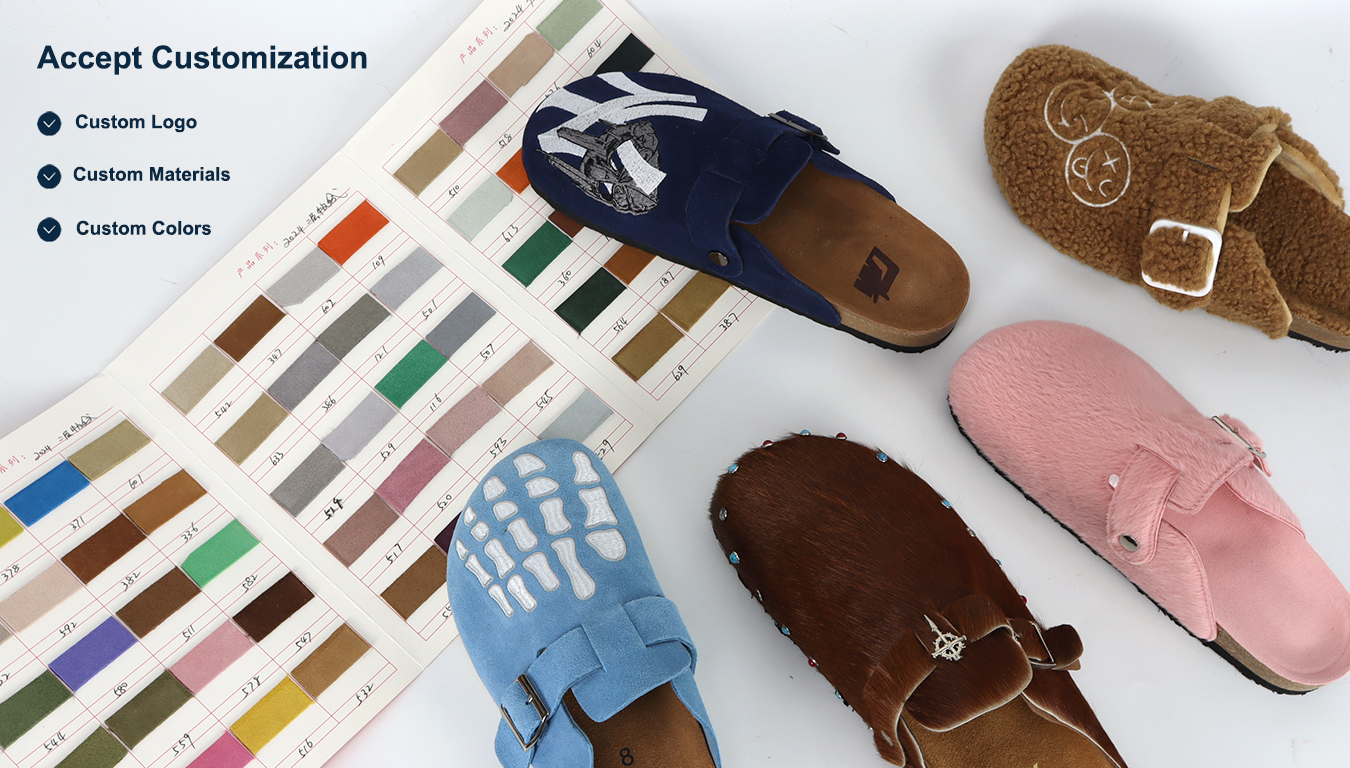
I have seen how suede instantly lifts the quality of a slipper. It feels warmer and softer on foot and takes color well for customization. Below is a comparison of materials I often present to buyers:
| Material | Advantages | Disadvantages |
|---|---|---|
| Suede | Soft, breathable, stylish, easy to customize | Needs care to resist stains and water |
| Leather | Strong, premium look | Less breathable, more rigid |
| Fabric | Lightweight, cheap | Wears out fast, looks less premium |
I usually recommend water-repellent or eco-certified suede to my clients. It keeps the product fashionable and eco-friendly, which is a top request in our export markets like the USA and Europe.
What is the best lining for warmth and comfort?
Clients often debate between wool, fleece, or synthetic linings. A bad choice makes slippers too hot, too cold, or not breathable.
The best lining is natural wool or shearling2 because it regulates temperature, wicks moisture, and keeps feet warm without overheating.
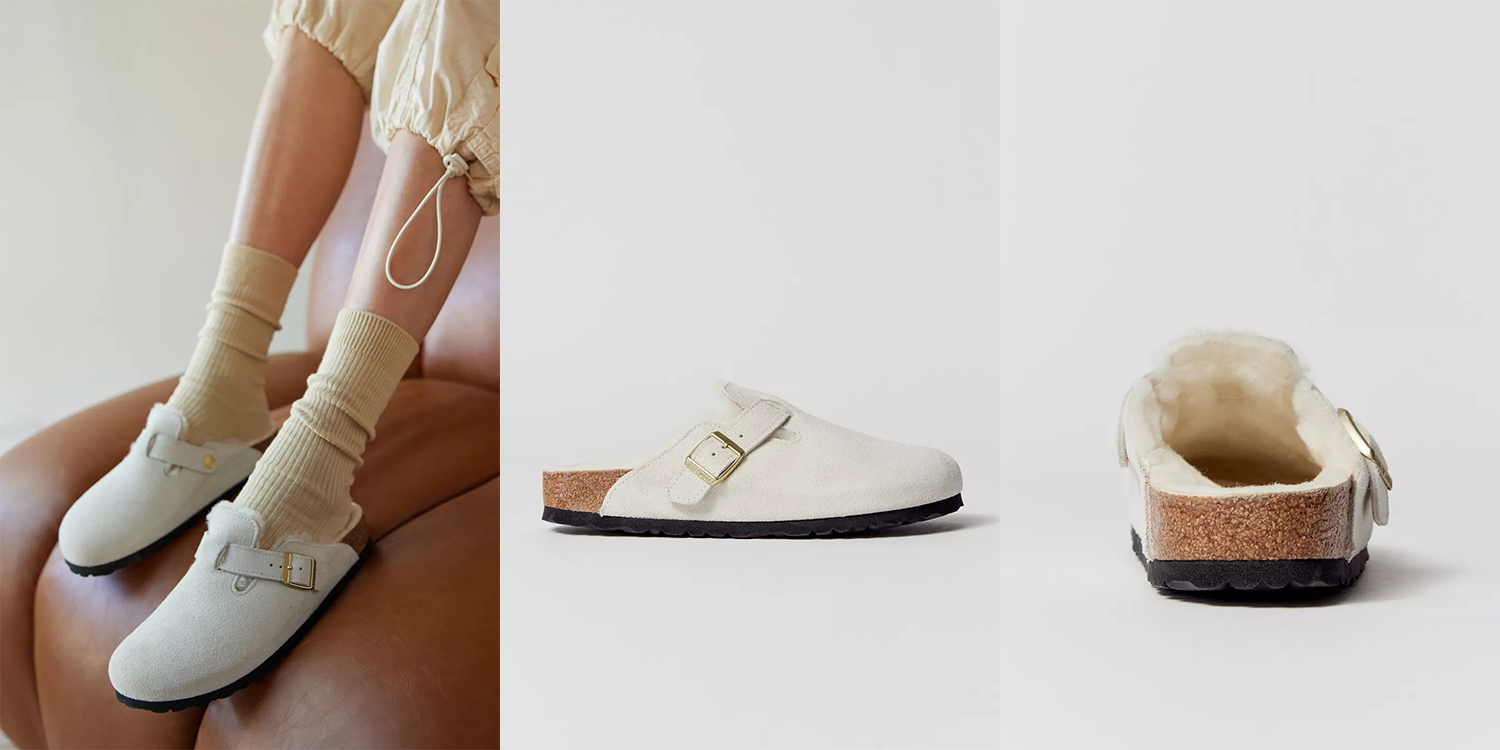
From my experience, buyers who choose wool linings see higher repeat orders. Wool feels luxurious, and customers love how it adapts to different climates. However, fleece can be a good budget option for trendy, fast-selling styles.
| Lining Type | Advantages | Disadvantages |
|---|---|---|
| Wool/Shearling | Warm, breathable, moisture-wicking, long-lasting | Higher cost |
| Fleece | Soft, affordable, vegan-friendly | Less durable, traps sweat |
| Synthetic Fiber | Lightweight, cheap | Poor breathability, short lifespan |
Eco-friendly reports are becoming important. Many of our brand clients, especially in the USA, now ask for renewable wool to match their sustainable positioning.
Which sole materials provide the best support?
Slippers with weak soles wear out fast and hurt the feet. Choosing the right sole is the key to balancing comfort and durability.
The best sole materials are EVA or cork midsoles3 with rubber outsoles4, combining cushioning, support, and slip resistance.
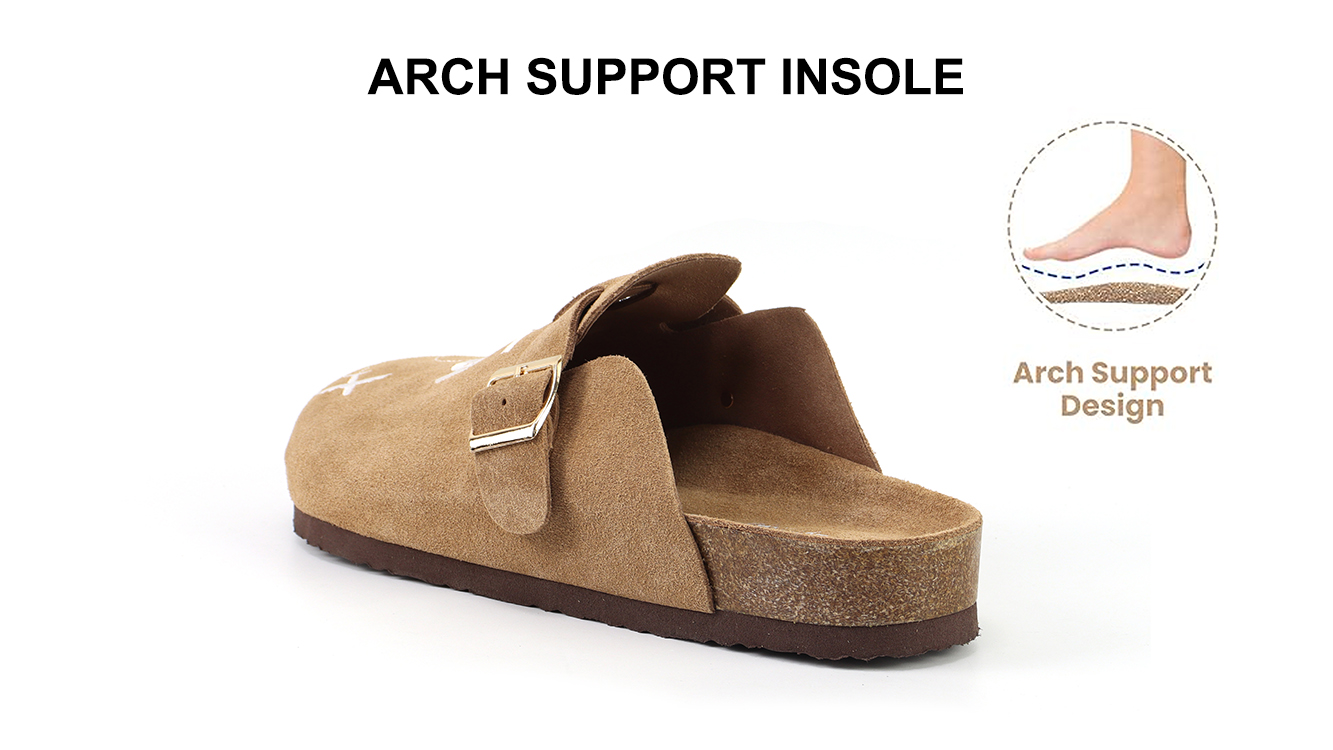
When I source for clients, I find EVA soles are loved for being lightweight and shock-absorbing, while cork adds natural firmness and a classic look. Rubber outsoles are essential for grip and indoor-outdoor use.
| Sole Layer | Material Options | Key Benefits |
|---|---|---|
| Midsole | EVA, Cork | EVA is soft and light; cork is supportive and natural |
| Outsole | Rubber, TPR | Rubber is durable, slip-resistant; TPR is flexible and affordable |
I often recommend cork and rubber for premium, long-lasting slippers, and EVA with TPR for trendy, lightweight collections. Matching the sole to the brand’s audience is crucial.
How do eco-friendly materials affect custom slipper choices?
With sustainability demands rising, many brands ask me about green alternatives. Using the wrong eco-material risks either poor quality or higher-than-expected costs.
Eco-friendly materials5 such as recycled suede, plant-dyed wool, and biodegradable soles allow brands to meet sustainability goals without losing comfort or quality.
I have seen more clients, especially younger trendy brands, ask for recycled or certified materials. They want products that appeal to eco-conscious buyers without compromising fashion.
| Eco Material | Benefits | Considerations |
|---|---|---|
| Recycled Suede | Reduces waste, supports sustainability claims | Limited color options |
| Plant-Dyed Wool | Natural, safe for skin, eco-friendly | Slightly higher cost |
| Biodegradable Sole | Supports eco-branding | Less durable for heavy outdoor wear |
I advise balancing eco-materials with performance. For example, using recycled suede with a rubber outsole ensures both sustainability and practicality.
Conclusion
The best custom suede clog slippers combine suede uppers, wool linings, supportive midsoles, and durable soles, with eco-friendly options adding long-term brand value.
Footnotes
-
Helps readers understand why suede is preferred over leather or fabric for clog slipper uppers. ↩
-
Explains why wool linings are superior for comfort, moisture control, and durability compared to fleece or synthetics. ↩
-
Shows why EVA and cork are chosen for midsoles in slippers, helping readers pick the right balance of cushioning and support. ↩
-
Gives readers clarity on why rubber is better for durability and slip resistance, while TPR is flexible and affordable. ↩
-
Supports the sustainability section with examples of recycled suede, plant-dyed wool, and biodegradable soles. ↩
